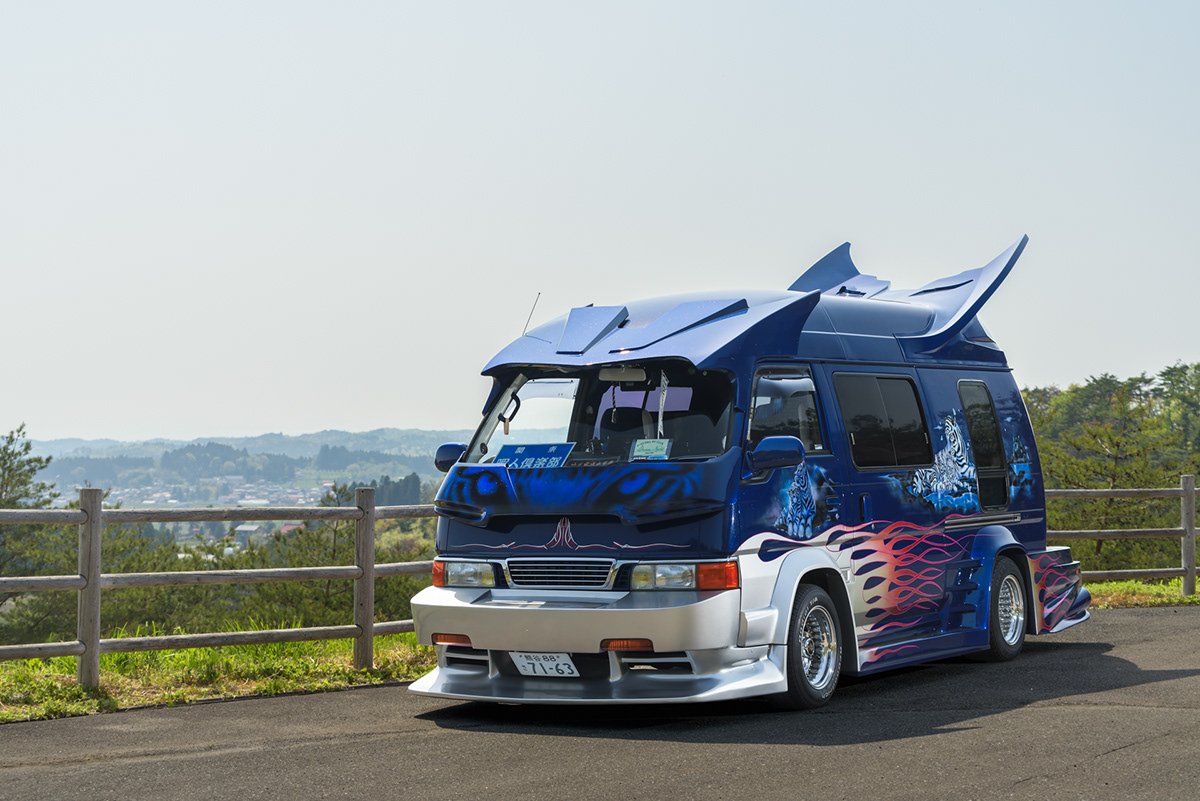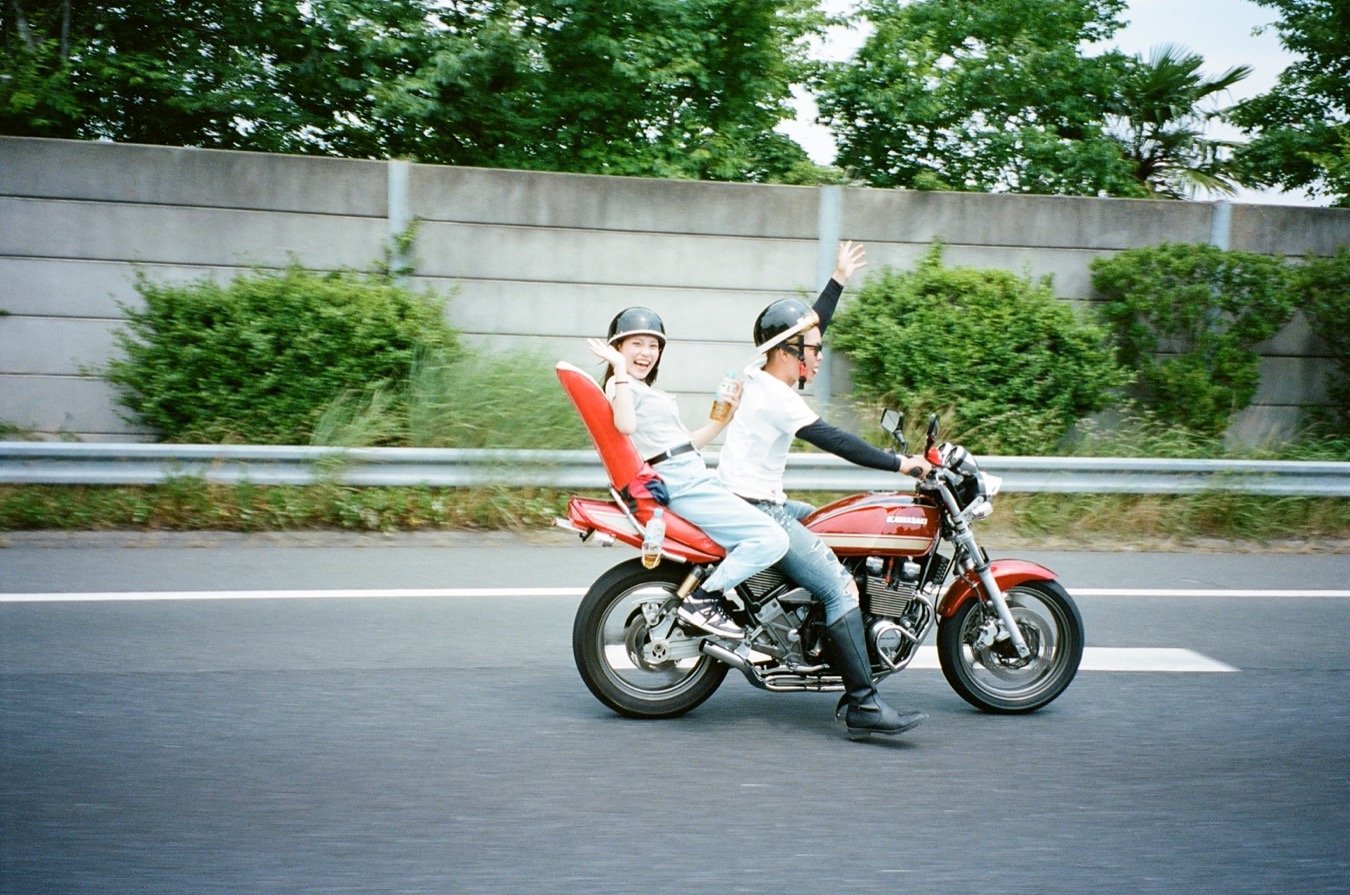Japan's Underground Car Gathering: Daikoku Car Meeting in Yokohama

In the heart of Japan's bustling cosmopolitan lies an underground gathering that ignites the passions of car lovers from all over the world.
Welcome to the Daikoku Car Meeting, a congregation of car enthusiasts that takes place in the shadows of the city's concrete jungle on a remote rest stop in Yokohama.
Photos by @fraukejoana
Together with photographer Frauke Joana [@fraukejoana], sabukaru sneaked into the Daikoku Parking Area to take some hot shots of the world famous Daikoku tuned car scene portraying the hot cars and their owners.
Gaining access to this secluded parking lot is not as easy as it may seem, especially if you plan on taking public transportation, which is not recommended. Daikoku is not your average car meet held in a conventional venue. It is nestled within a highway parking lot, which means you can't simply walk in. It’s actually quite simple, the meeting demands one essential requirement: you must arrive by car or motorbike. The venue's location ensures that not everyone can take part in this thrilling automotive extravaganza.
Photos by @fraukejoana
For the adventurous spirits out there, there is the possibility of attempting to sneak in without a car. But be forewarned, Daikoku's security is vigilant. Four-meter-high fences with barbed wire enclose the area, serving as a formidable barrier for those attempting unauthorized entry. Sneaking past the security measures is not recommended, unless you possess an unwavering determination and a touch of audacity.
Daikoku Car Meeting is a vibrant tapestry where youngsters from the outskirts of Tokyo take center stage. Their youthful exuberance and boundless energy infuse the atmosphere, creating an electrifying experience. Alongside them, seasoned enthusiasts, with years of expertise and an enviable collection of custom-tuned cars, proudly display their "babies" or "gurls," as they affectionately call their prized possessions.
Photos by @fraukejoana
Car tuning and customization have become an integral part of Japanese car culture. Originating in the 1970s, the trend gained momentum in the '80s and '90s, when it captivated the nation's youth. Today, it has evolved into a mainstream phenomenon, with a myriad of legal and regulated customization options available for car owners.
In Japan, the law permits modifications that enhance performance, aesthetics, and safety while adhering to strict regulations. Moreover, alterations that affect emissions, noise levels, or general roadworthiness are also strictly prohibited. Although most cars would not pass the inspection, which has to be held every second year, every owner of tuned cars has tricks and methods to surpass those very strict exams. One of those is, saving the original piece which will be exchanged with the tuned piece solely for the examination to pass.
Photo by @fraukejoana
Among the most sought-after models for customization are the Nissan GT-R, Toyota Supra, and Mazda RX-7, iconic vehicles that have left an indelible mark on the car tuning scene. Their sleek lines, powerful engines, and extensive aftermarket support make them a favorite canvas for enthusiasts to transform into unique automotive masterpieces.
For the young participants, being part of this automotive subculture means much more than showcasing their modified rides. It represents a sense of belonging, camaraderie, and self-expression. It's an opportunity to forge lasting friendships, learn from seasoned veterans, and push the boundaries of what is possible in the world of cars.
Daikoku Car Meeting stands as a testament to the vibrant car culture in Japan, where the passion for customization transcends mere transportation. It is an underground sanctuary where automotive enthusiasts gather, forging connections, and sharing their love for all things automotive.
Photos by @fraukejoana
Written by Alberto Zaccaria
Edited by Kieu My Le


















